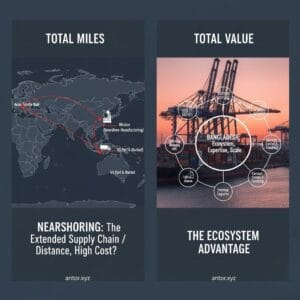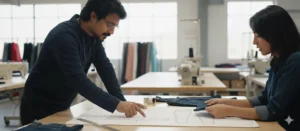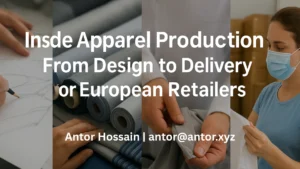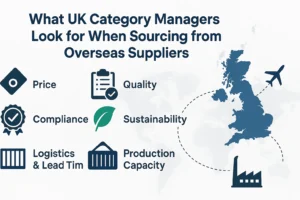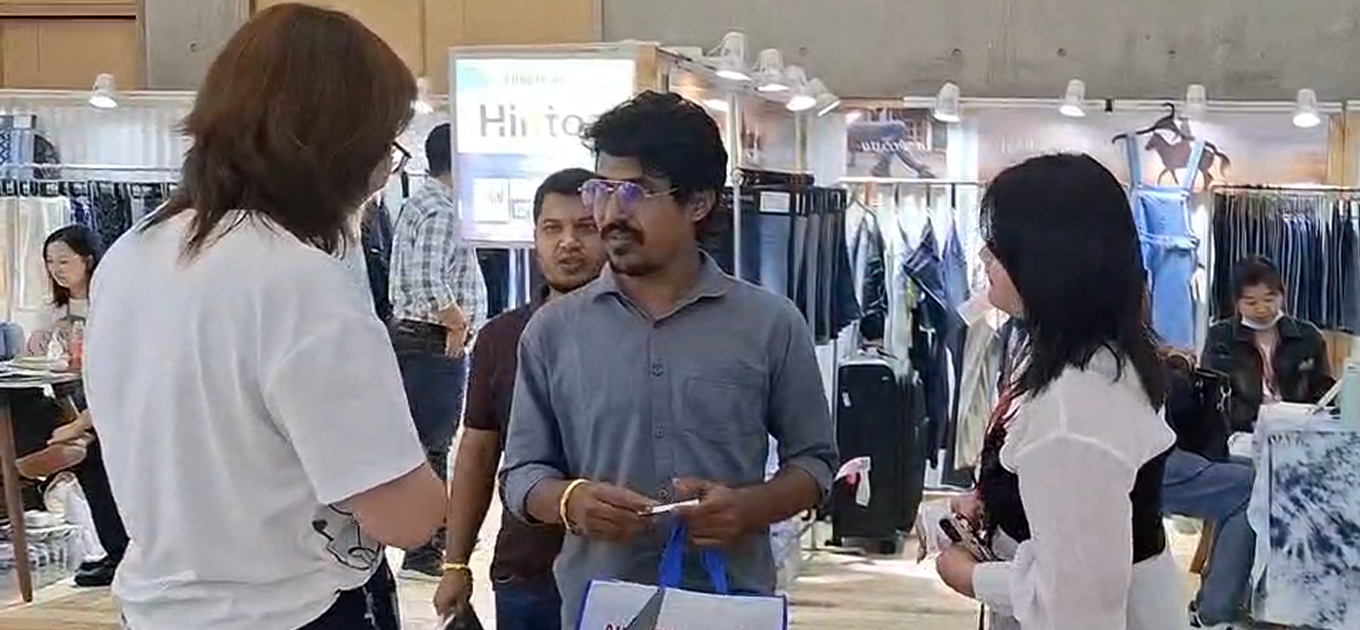
Bringing a fashion product to market no longer follows a one-size-fits-all recipe. Advances in technology, shifting consumer expectations, and agile manufacturing have given rise to new classifications of product development—each offering a unique balance between efficiency, exclusivity, and personalization. Below, we explore the five key models that illustrate this evolution.
1. Mass Customization
Definition: Combines mass production’s economies of scale with consumer-driven personalization options.
How It Works: Brands offer a core design or silhouette and allow customers to choose from predefined options—such as color, fit, print, or embellishments—via an online configurator or in-store kiosk.
Benefits:
- Delivers a sense of ownership and engagement
- Keeps unit costs relatively low compared to full bespoke
- Reduces unsold inventory through made-to-spec production
2. Made-to-Order (MTO)
Definition: Garments are manufactured only after a confirmed order is placed, eliminating speculative inventory.
How It Works: Customers select from a standard range of styles and sizes; each piece enters production upon payment. Lead times vary based on complexity and production location.
Benefits:
- Virtually zero overproduction and markdown risk
- Allows for greater style variety without upfront volume commitments
- Aligns perfectly with direct-to-consumer (DTC) business models
3. Bespoke & Made-to-Measure
Definition: The most personalized form of development, where each garment is tailored to an individual’s exact measurements and style preferences.
How It Works: Through in-person fittings or virtual measurement tools, clients choose fabrics, linings, and details. Skilled artisans or specialized factories craft each piece by hand or with highly customized production runs.
Benefits:
- Commands premium price points and brand prestige
- Delivers a perfect fit and unique design
- Fosters deep customer loyalty and word-of-mouth referrals
4. Capsule Collections
Definition: Small, curated assortments of versatile pieces designed to be seasonless or tied to a specific theme, collaboration, or trend.
How It Works: Brands develop a concise line—often 5–20 SKUs—that launches outside the traditional seasonal calendar or in partnership with influencers/designers.
Benefits:
- Encourages repeat visits and fresh storytelling
- Minimizes design and production lead times
- Supports sustainable initiatives by limiting overproduction
5. Limited-Edition & Drop-Based Models
Definition: Exclusive, small-batch releases—often unannounced or with minimal advance notice—that create urgency and hype.
How It Works: Brands schedule “drops” via social channels or apps; once the inventory is gone, it’s gone. Illustrative examples come from streetwear and luxury markets.
Benefits:
- Drives high engagement and rapid sell-through
- Builds brand cachet and FOMO (fear of missing out)
- Allows brands to test new concepts with minimal risk
Why These Classifications Matter
- Consumer Expectations: Today’s shoppers crave products that feel personal, sustainable, and on-trend.
- Data-Driven Design: Analytics and AI allow brands to predict which customization options or capsule themes will resonate.
- Agile Manufacturing: Nearshoring, digital printing, and modular production lines make small batches economically viable.
- Sustainability: Reducing excess inventory and enabling on-demand manufacturing help lower waste.
As the market continues to fragment into niche audiences and fast-fashion cycles accelerate, understanding these development models is critical. Brands and manufacturers that embrace the right mix—whether it’s mass customization or limited drops—can optimize profitability, customer loyalty, and environmental impact.
Ready to Adapt Your Product Development Strategy?
Partner to leverage Bangladesh’s agile sourcing network and expert production capabilities—whether you’re launching made-to-order lines or exclusive capsule drops.
📧 antor@antor.xyz
📞 +880 1792 020 736

